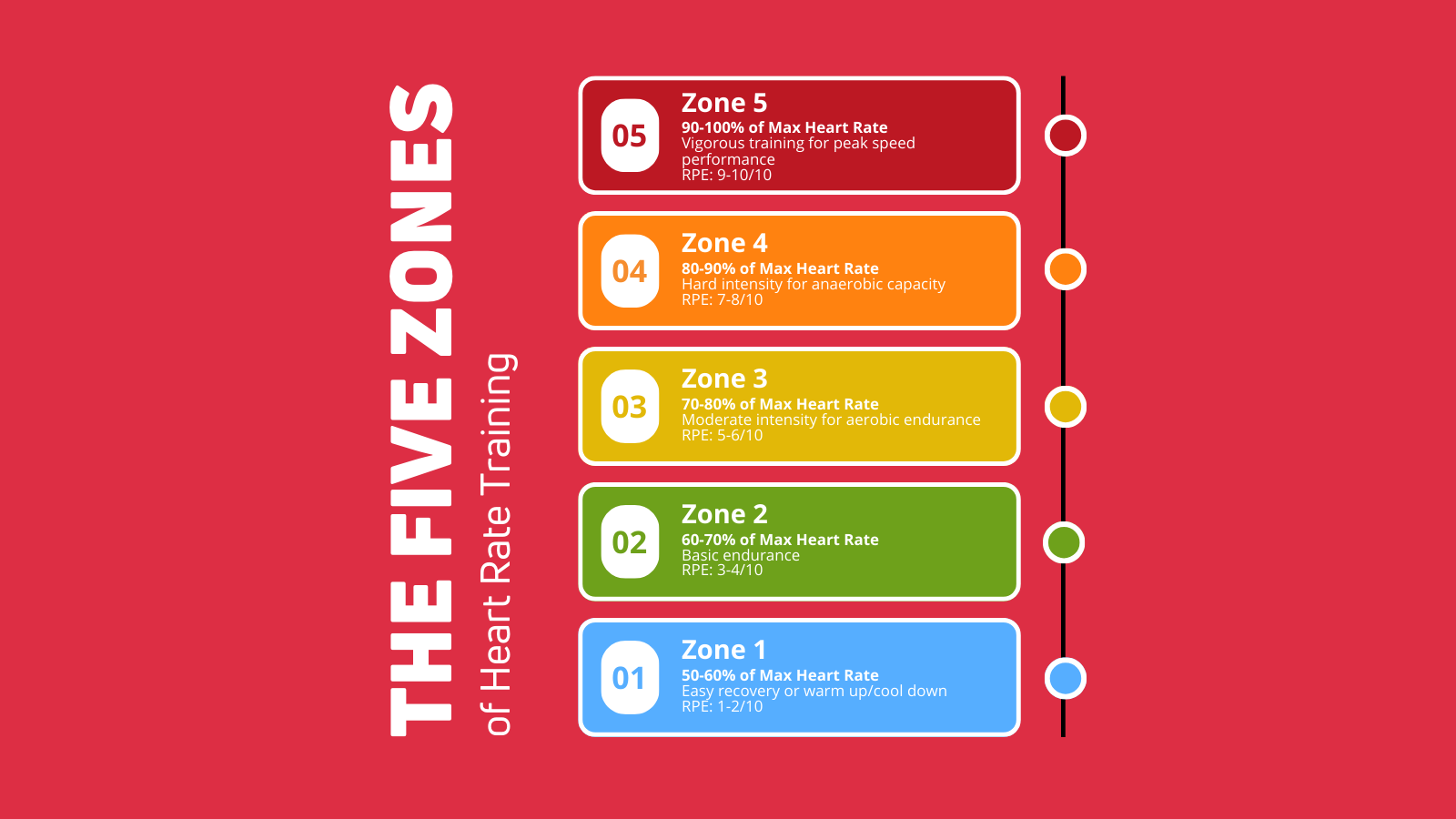Zone training has become a cornerstone in modern athletic conditioning, providing a structured way to optimize cardiovascular endurance and recovery. By dividing heart rate into zones—from light activity (Zone 1) to maximum effort (Zone 5)—athletes can tailor workouts based on intensity and specific performance goals. This method is supported by sports science and used by elite trainers worldwide, aligning with Google’s E-E-A-T (Experience, Expertise, Authoritativeness, Trustworthiness) by leveraging measurable physiological data to support fitness outcomes.
Each heart rate zone serves a distinct purpose. Zone 2, for example, is ideal for building aerobic capacity, while Zone 4 helps improve lactate threshold—critical for endurance sports like cycling, running, and swimming. Monitoring these zones via wearables or chest straps allows athletes to push efficiently without risking overtraining. Training smart, not just hard, reduces injury risk and promotes sustainable progress, a principle increasingly favored in both amateur and professional sports.
Understanding and applying zone training can transform an athlete’s regimen. It shifts the focus from guessing effort levels to using real-time data, enabling more consistent improvements. Whether you’re a beginner aiming to boost stamina or a seasoned competitor fine-tuning race pace, zone-based workouts provide clarity, structure, and measurable results that support long-term athletic development.






